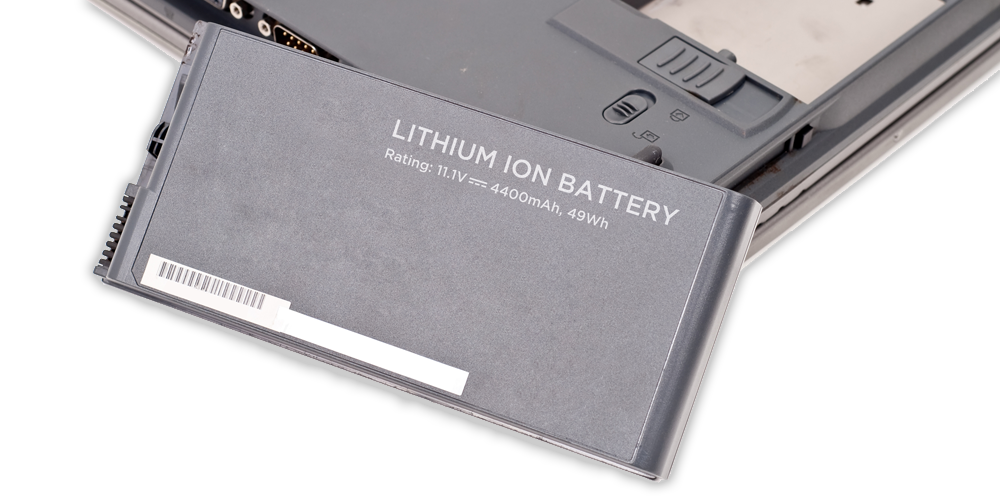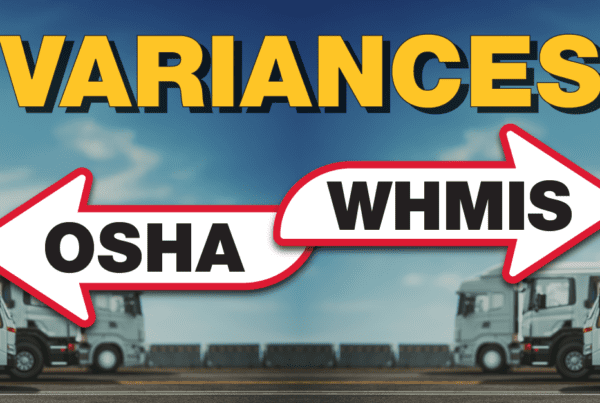
Every year at this time training is busy at ICC. It happens for various reasons. The one that causes it most often is companies are due. As we know each transport regulation has a training requirement to it. Many decide to do all transport training at one time which is great.
Here’s the rub though. To me, 49CFR is always just a few steps behind all of the other transport regulations. I get the whole rulemaking process but it is frustrating to constantly have to explain or mention times when the US ground regulations don’t align with other international ones. When you add lithium batteries to the mix, it just complicates things even more.
For once, efforts are being made to catch up with all of the other regulations. On Wednesday, February 27, the Department of Transportation published HM-224I which is an Interim Final Rule (IFR) centered around transporting lithium batteries. Take note, this is a final rule with no advanced notice and was not open to comment. Comments will still be accepted and reviewed which could cause amendments later on but for now, this is what is required. DOT believes this IFR was “necessary to address an immediate safety hazard” presented when shipping lithium batteries.
So, what changes did this IFR bring in to the regulations? Let’s take a look.
HM-224I: Enhanced Safety Provisions for Lithium Batteries
- Lithium ion cells and batteries are no longer allowed as cargo on passenger planes. This means column 9A of the hazardous materials table will be amended to list the word “Forbidden” rather than the current “5 kg” that is there.
- Special Provision A51 will be re-written to omit paragraph b.
- Special Provision A100 will be added. It will limit all Lithium ion cells and batteries to a “state of charge” no higher than 30% for shipment.
- At the start of 173.185, there is now a “definition” of medical devices is added. Medical device means an instrument, apparatus, implement, machine, contrivance, implant, or in vitro reagent, including any component, part, or accessory thereof, which is intended for use in the diagnosis of disease or other conditions, or in the cure, mitigation, treatment, or prevention of disease, of a person.
- 173.185(c)(1)(iii) now references all lithium cells and batteries. It is no longer focused on just lithium metal.
- Section 173.185(c)(4) had multiple changes. One major one is only 1 package of “small” or “excepted” cells and batteries will be allowed per consignment {shipment} or overpack. Another is the requirement to have training when shipping these “small” cells and batteries.
- Paragraph (g) will be completely re-written to focus on “limited exceptions to restrictions on air transportation of medical device batteries.”
- This forces the “approval” paragraph that was in paragraph (g) to become paragraph (h).
That’s a lot of changes. Many of them exactly align with IATA so there is hope. Just to complicate things further, don’t forget HM-215O is still out there. The comment period for it closed in late January. It too had multiple changes for lithium batteries. It is not clear as of this writing when those changes or what those FINAL changes will look like.
Until then, stay tuned to ICC Compliance Center’s Newsletters so you can be kept up to speed on everything currently happening with the transport regulations. We are here to help. Give us a call today.






 ICC USA
ICC USA ICC Canada
ICC Canada